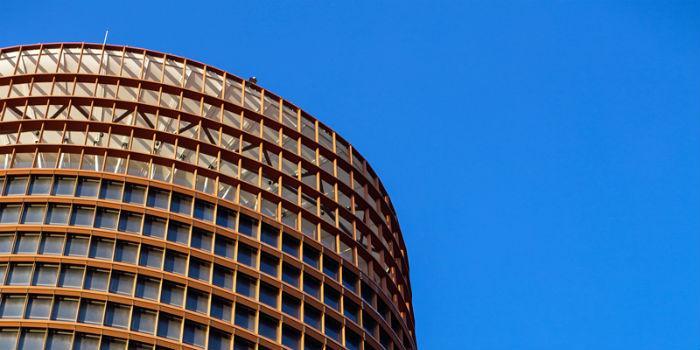 Argentina. What should be taken into account in the execution of walls, both load-bearing and enclosure, and what materials guarantee a sustainable construction at an economic and ecological level.
Argentina. What should be taken into account in the execution of walls, both load-bearing and enclosure, and what materials guarantee a sustainable construction at an economic and ecological level.
For many years, the global trend in the construction sector is to use natural and healthy materials in order to build sustainably, which results in ventures that require less use of primary energy and generate less emissions of polluting gases into the atmosphere.
In this sense, both Argentine professionals and consumers are becoming increasingly aware of the need to use energy more responsibly, in such a way that rapid progress is being made in aspects of energy efficiency and sustainability in housing.
That is why the term "efficient walls" is heard most often in the sector, and is defined as one that optimizes the cost-benefit ratio achieved in relation to its useful life, zero maintenance, energy efficiency and sustainability.
"In all types of construction it is essential that the envelope is efficient to achieve savings at the time of execution and subsequent benefits in relation to lower energy consumption and sizing of equipment for air conditioning," says architect Sebastián Cegatti, head of the Sustainability Department of the Unicer Group, made up of six ceramic brick manufacturing companies.
For this, the professional ensures that, when projecting, the most important thing is to choose the right brick for each area of the construction. Once on site, place the wet bricks, level them and leave a minimum thickness of joints, preferably one centimeter in two strips, interrupting it in the transverse direction to avoid thermal bridges.
In addition, it is important to know that there is a product for each type of use: for exterior walls, for bearing walls, for internal enclosures. The Unicer Group has two main product lines: one for the development of load-bearing walls and another for the execution of enclosure walls. "Within each line, there are bricks to be used in the envelope, which have a low thermal transmittance, and bricks to be used indoors for partition partitioning," says the architect.
In this way, ceramic bricks demonstrate that, with their low cost and great availability, they ensure a long service life, resistance and, above all, the use of a natural material, without additions of toxic products, which allows to execute permeable and healthier walls.
"We know that the construction system made with hollow ceramic bricks does not require maintenance and that, if it is well executed, it has no useful life limit. On the other hand, the rest of the industrialized construction systems, being more complex to carry out, allow greater errors at the time of execution that generate future problems. In addition, being less resistant, they are susceptible to shocks and movements that can produce fissures and detachments, "says Cegatti.
Environmental awareness is one of the central issues today in different sectors. Currently customers choose to buy natural and healthy products that contemplate the care of the environment and the saving of natural and energy resources. The traceability of products is one of the central points that begins to have weight in the construction sector in pursuit of the best choice of inputs aimed at the efficient construction process for both final consumers and professionals.
"Constructive forms change according to the times and the context in which they develop, seeking to solve the intrinsic and external problems of social, cultural and economic processes. In Argentina, we are committed to continue working on new materials and construction technologies that seek to minimize the thermal transmittance of exterior walls through efficiently insulated envelopes and with interior walls that have thermal inertia that allows to cushion the changes in interior temperature, "concludes the architect.


























Leave your comment